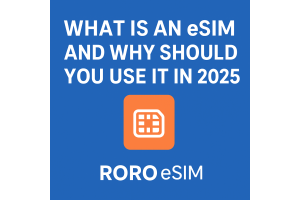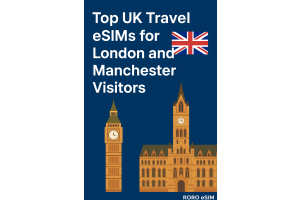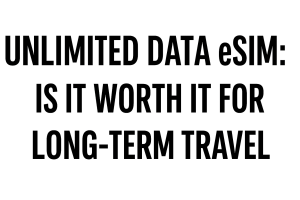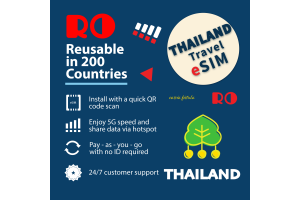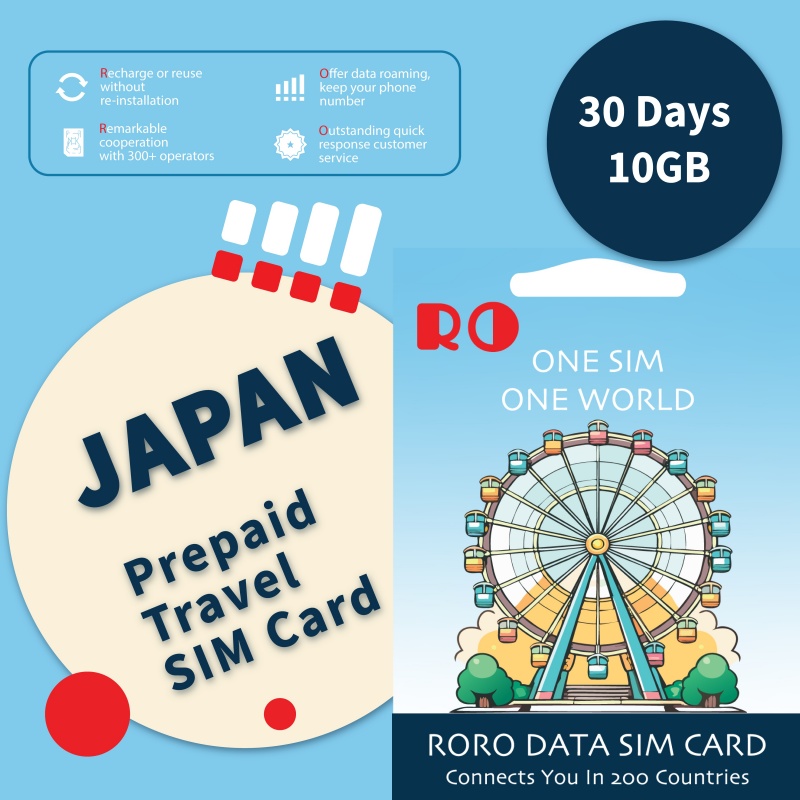
When planning a trip to Japan, staying connected is essential—for maps on the go, mobile translations, social media, and keeping in touch with family. Two popular options are eSIMs and Pocket WiFi. Each has strengths and trade-offs. Below, we compare them and show how RORO eSIM fits in so you can decide what suits your travel style best.
Pocket WiFi: A portable router that provides a WiFi hotspot by using cellular networks. You rent or buy a device, carry it with you, charge it, and connect your devices via WiFi. eSIM: A digital profile in your phone (no physical SIM needed). You purchase a plan online, install via QR code or settings, and once activated, your phone connects to local networks directly. RORO eSIM offers many such plans.
Good when you have multiple devices to connect (laptop, tablet, etc.). One pocket WiFi can serve several devices. Sometimes better data caps or unlimited data in certain plans. If you are using heavily (streaming, video calls), you might get more “bang for buck” per gig via certain Pocket WiFi options.
Another device to carry and keep charged (battery life issues). You need to remember to charge it and possibly carry a backup battery. If you split up during the day, someone without the Pocket WiFi can lose connection. It’s less flexible when mobility or separation happens. Return logistics & rental fees. If renting, you have to pick up, return, sometimes pay a deposit; risk of losing device or damage.
No extra gear—everything is on your phone. You don’t have to carry another device or worry about its battery. You can purchase and install eSIM plans before you travel. Once you land, you are ready. With RORO eSIM, you can browse, buy online, get QR, install, and then activate. This means less friction at airports. (As with many eSIM providers, including RORO). Flexibility: many plans (fixed data, unlimited, short or longer durations), easy top-ups. RORO offers both unlimited and fixed-data eSIM options. Device compatibility: your phone must support eSIM. Older phones may not. Data speed or coverage in remote or very rural areas might be less stable than a strong pocket WiFi device or dedicated router in some cases. Hotspot sharing may be limited (if using your phone as hotspot) compared to a dedicated Pocket WiFi that allows many connections. Battery usage for hotspot sharing can also drain your phone faster.
It offers plans designed for international travel, including Japan, with different data tiers (fixed or unlimited) and varying durations, allowing you to match what you need.
Since eSIM is fully digital with RORO, you avoid physical hardware rental, shipping, possible loss/damage fees.
The activation process with RORO is streamlined: you buy, get QR code, install, activate—no pickup, no return.
For solo travelers or small groups splitting up during the day, eSIM ensures everyone has independent connectivity without needing to stay near a shared device.
However, if you are traveling with a group and expect many devices to connect (laptop, tablets, cameras, maybe kids’ devices), Pocket WiFi might still be worth considering—especially if those devices don’t support eSIM or if you want a single data source for all.
For many travelers to Japan, eSIM—especially from a flexible provider like RORO eSIM—will be the more convenient, less bulky option. If your device is compatible, you don’t need to share connectivity, and you value ease of use, eSIM likely offers better value and simplicity.
But Pocket WiFi still has its place—if you’re traveling with a group, need to connect multiple devices regularly, or anticipate very high data usage. Depending on your itinerary (urban vs rural), number of devices, and how you move around, the “best” option could be eSIM, Pocket WiFi, or perhaps a combination of the two.
If you like, I can compare specific RORO eSIM plan prices for Japan vs typical Pocket WiFi rentals so you can see cost-per-GB yourself.

